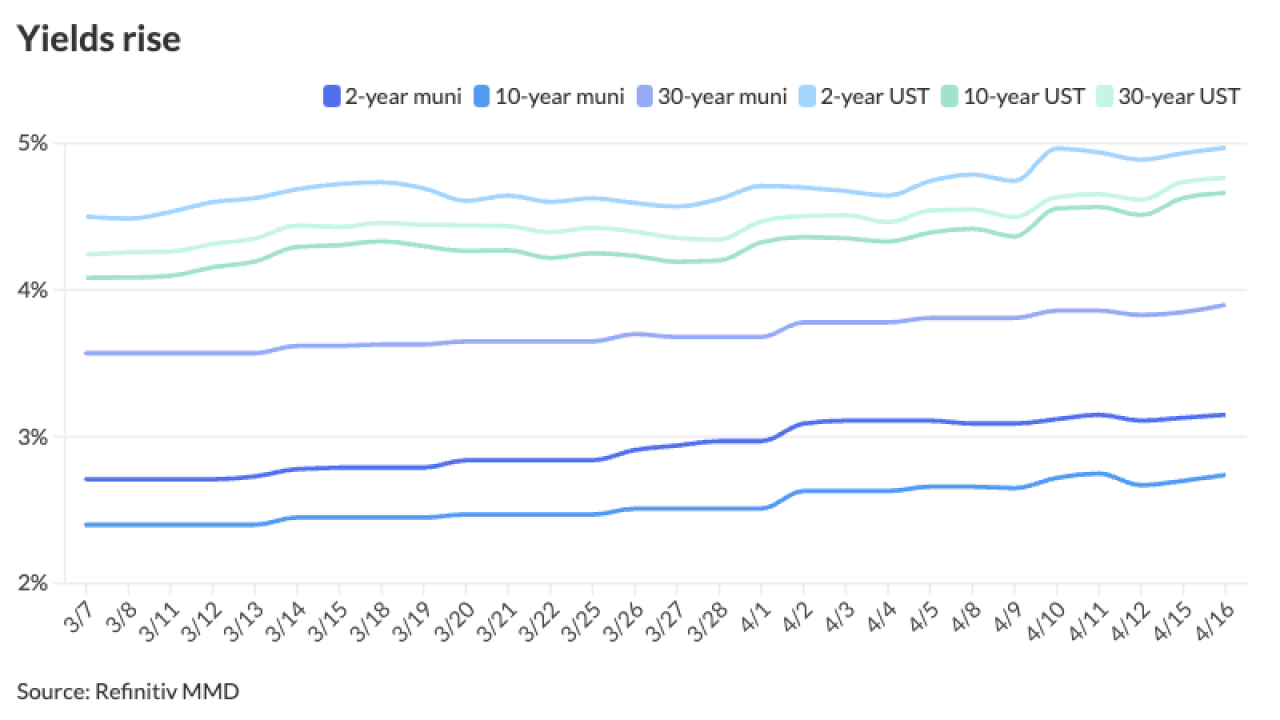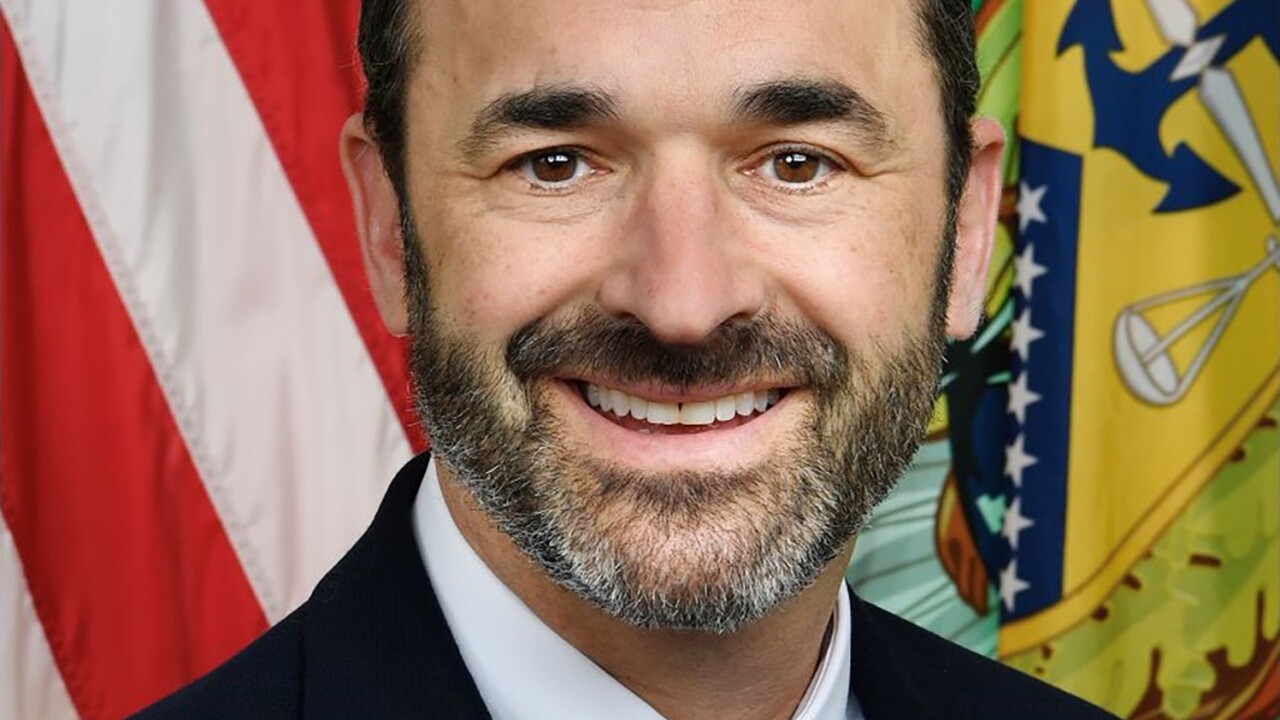
Puerto Rico wants to transform more than 70 acres of rundown waterfront and industrial space in San Juan into a mixed-use community anchored by a major destination hotel to generate tourism in the area.
The stretch of land, called Bahia Urbana, lies in San Juan Bay along 21 city blocks, in between historic Old San Juan and the city center. Officials peg total build-out costs for the redevelopment at $1.5 billion.
For years, the government has wanted to use the site to bring in additional tourism, housing, and commercial development. Located on the water and situated between San Juan’s key historic and economic neighborhoods, officials see the area as a prime location for redevelopment. Bahia Urbana will also connect to Puerto Rico’s Capital Building.
Of the $1.5 billion cost, Puerto Rico plans to invest roughly $500 million overall in the Bahia Urbana site, according to Economic Development Secretary Jose Ramon Perez-Riera. The remaining financing will come from the private sector.
For Perez-Riera and his team, the focus has been on securing all the necessary permits, updating the area’s infrastructure so residents can visit and use the site, and getting a strategy in place that will allow developers to come in and build.
“Our job is to make sure that the plan that we put in place is one that the private sector ultimately will find attractive, that will be financeable, and that we provide that platform structure so that both can come out winners,” Perez-Riera said in an interview with The Bond Buyer last week in New York City.
“We’re talking about building a tax base that would replace what really now looks like a war zone. You have an area that’s under-utilized. Nothing is taking place there, not even port activities really, and that’s what that area’s been supposedly used for.”
The redevelopment design includes a major 500-plus room destination hotel along with a smaller, boutique hotel with about 120 rooms.
The area will have more than 1,700 housing units, including rental housing, 177,800 square feet of retail space, 318,000 square feet of office space, revamped piers, an open-air market, pedestrian walkways, and a boardwalk, parks, and other attractions.
The aim is for Bahia Urbana to be a tourist area with shopping and restaurants, but also a neighborhood where residents can live, work, and play. It is one development within Gov. Luis Fortuño’s Golden Triangle project, which includes redevelopment of Old San Juan and the Convention Center District.
Officials have yet to announce how the government will finance its $500 million commitment.
Perez-Riera said the financial support will come from various government agencies, as the Bahia Urbana development includes electrical and sewer upgrades, new roads and walkways, and pier improvements.
“It’s probably too early to say where it will come from because ultimately, a lot of it might be works that can be incorporated into the capital-improvement programs of the different agencies,” according to Perez-Riera.
Those agencies include bond issuers such as the Puerto Rico Ports Authority, the Puerto Rico Electric Power Authority, the Puerto Rico Aqueduct and Sewer Authority, the Department of Transportation and Public Works, and other government entities.
Officials anticipate the development will generate 20,000 direct and indirect jobs during the construction phase. Once the area is built out, there will be 7,000 direct and indirect jobs.
The administration projects $155 million of tax revenue for the commonwealth and San Juan during the construction phase and $20 million of annual tax revenue once the redevelopment is completed.
An initial, $25 million construction phase will begin next month and will rehabilitate two piers and create public space, an open market, walkways, and other upgrades to encourage residents to begin using the area.
That first phase should end by mid-2012, with the administration then looking to secure a developer for the large destination hotel.
While Puerto Rico would like developers to begin work on the site sooner rather than later, Perez-Riera and Lieut. Gov. and Secretary of State Kenneth McClintock said those larger developments will begin depending, in part, on a time line set by private-sector participants.
“In our case we see the government as a facilitator,” McClintock said during the interview. “We will do the infrastructure that corresponds to the government and we will create the incentives, but then we can’t predict when certain things will happen because it depends on how the market reacts.”
Perez-Riera declined to identify which development companies have expressed an interest in building the hotels.
“There’s been quite a bit of interest in this area from substantial developers,” he said. “And not just development companies, but some high-net-worth individuals that are in the casino business and hoteliers … that really look at the Bahia Urbana area as a wonderful last bastion of property within the most exclusive area in San Juan.”
Potential demand for office space could come from government entities looking to locate closer to the Capital Building and the banking community. Officials are also in discussions with retailers — including some that are currently not located in Puerto Rico — to expand shopping in the area.
Generating business growth on the island has been a challenge for the administration. Puerto Rico has been in a recession since 2006 and officials anticipate the commonwealth’s gross domestic product will post a modest positive figure this year.
Perez-Riera and McClintock stressed that the administration crafted a redevelopment plan in light of Puerto Rico’s current economic conditions.
Officials chose to include a large destination hotel in order to increase the volume of people staying in the area, which could spark additional commercial development.
The residential component of the project includes rental housing, which developers can build out more quickly than homes and condominium projects.
Different types of housing will be available from lower-income to higher-income units, with an average price of $475,000 per unit.
In addition, the entire build-out process could take 10 to 20 years, Perez-Riera said, giving developers and the financial community time to phase in different projects.
Still, Puerto Rico’s banking sector may not be in a position to finance numerous, large-scale projects. The island’s banks have more than $1 billion of outstanding construction and land loans that are deemed nonperforming, or more than 90 days past due, as of Dec. 31, according to the Office of the Commissioner of Financial Institutions, known by its Spanish acronym OCIF.
In addition, Puerto Rico’s banks in 2010 posted a total net-income loss of $625.6 million after a loss of $567.4 million the year before. The banks had profitable years from 2004 through 2008, including a total net income of $1.17 billion in just 2004, according to the OCIF.
Sergio Marxuach, policy director at the Center for the New Economy, a nonpartisan think tank based in Puerto Rico, said there is demand for additional hotels in San Juan and that the long-term development plan gives the administration some flexibility in starting projects later as demand grows.
Conversely, he said the banks’ significant amount of outstanding construction debt could dampen the financial sector’s ability to extend loans for Bahia Urbana’s redevelopment.
“They are going to be very picky,” Marxuach said. “They are going to be very selective.”





